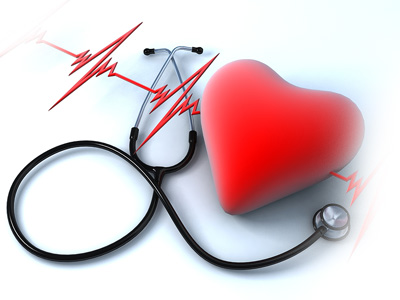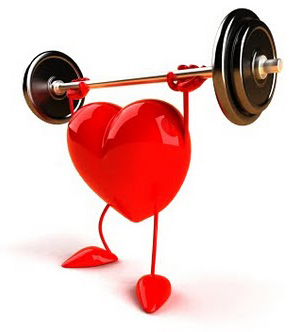Dr.Amar Nath Ghosh treat a wide variety of cardiac diseases and disorders, ranging from valve repair for prolapse to transplant for heart failure. A brief summary of some common conditions follows.
Congenital Heart Disease refers to disorders of the heart that are present at birth and that can affect adult patients in many ways. This term encompasses a range of cardiac defects, includingatrial septal defect (miscommunication between the right and left atrium), ventricular septal defect(a hole in the muscle which separates the right and left ventricles), and pulmonary stenosis (a narrowing of the valve between the right ventricle and the pulmonary artery).
Aortic Aneurysms are weaknesses or balloonings in the wall of the aorta. Aortic aneurysms require surgical treatment, since they can dissect (tear) or rupture (break open), both potentially fatal conditions.
Aortic Dissections are tears in the inner lining of the aorta that allow blood to flow through the walls of the aorta rather than remaining in the central channel (lumen). Type A dissections (beginning in the ascending aorta) require emergency surgery, while type B dissections (located under the collarbone) may be treated medically or surgically, depending on the severity of the complications.
Arrhythmia is a common form of defect in which the heart experiences an abnormal heart rhythm. Arrhythmias are known by where they occur in the heart and by their effect on heart rhythm. The two major types of heart arrhythmias are tachycardia (fast arrhythmia) andbradycardia (slow arrhythmia).
Cardiomyopathy or heart muscle disease affects approximately 500,000 new patients per year in the United States. This group of disorders directly damages the heart muscle, impairing its ability to pump blood to other parts of the body. There are two major categories of cardiomyopathy: primary cardiomyopathy, defined as changes in the structure or function of the heart muscle that cannot be attributed to a specific cause, and secondary, which is associated with disorders of the heart or other organs.
Congestive Heart Failure occurs when the heart is unable to maintain an adequate circulation of blood in the tissues of the body or to pump out the venous blood returned to it. This weakening of the heart prevents it from circulating a sufficient quantity of oxygen to the body's tissues. Common symptoms associated with heart failure are fatigue, shortness of breath, joint swelling and weight gain.
Endocarditis is an infection involving the valves in the heart. A serious infection, endocarditis can have serious consequences if left untreated. The infection is typically caused by colonies of microorganisms, such as streptococcus or staphylococcus, that form wartlike growths on the surface of the heart valves. The infection progressively destroys heart valves, leading to heart failure.
Pericarditis is an inflammation of the pericardium, the membrane forming the outer covering of the heart. The inflammation causes a thickening and roughening of the membrane and an accumulation of fluid in the sac surrounding the heart. Most pericarditis in this country is caused by a viral infection. The disease also may be caused by bacteria, fungi, or parasites. There is also a noninfectious pericarditis; causes include disease of the underlying heart muscle, injury, and other diseases, such as rheumatoid arthritis, lupus erythematosus, or kidney failure.
Valvular Disease in the heart is caused by a number of conditions including congenital defects, such as rheumatic fever, or rheumatic heart disease. In heart valve disease, problems arise when a valve fails to close properly (mitral valve prolapse) or open properly (valvular stenosis). In either case, the heart has to work harder to pump enough blood to the body, eventually leading to heart muscle damage. Congestive heart failure, syncope (fainting), and arrhythmias are common signs of valve diseas.
Congenital Heart Disease
Congenital heart disease is a type of defect in one or more structures of the heart or blood vessels that occur before birth.
- Congenital heart defects occur while the fetus is developing in the uterus.
- They affect 8 to 10 out of every 1,000 children. Congenital heart defects may produce symptoms at birth, during childhood and sometimes not until adulthood.
- About 500,000 adults in the United States have grown into adulthood with congenital heart disease. This number increases by about 20,000 each year.
Heart Failure
The term "heart failure" can be frightening. It does not mean the heart has "failed" or stopped working. It means the heart does not pump as well as it should.
Heart failure is a major health problem in the United States, affecting about 4.6 million Americans. About 550,000 new cases of heart failure occur each year. It is the leading cause of hospitalization in people older than 65.
If you have heart failure, you will enjoy better health and quality of life if you take care of yourself and keep yourself in balance. It is important to learn about heart failure, how to keep in good balance, and when to call the doctor.
|